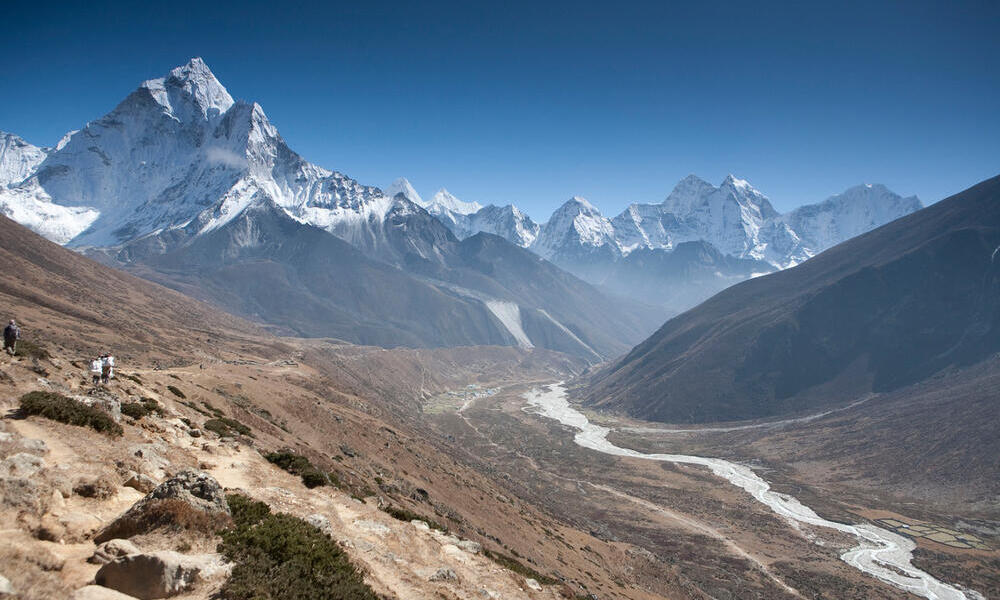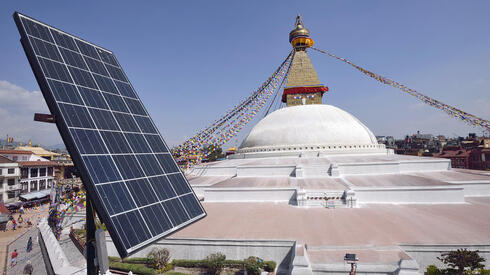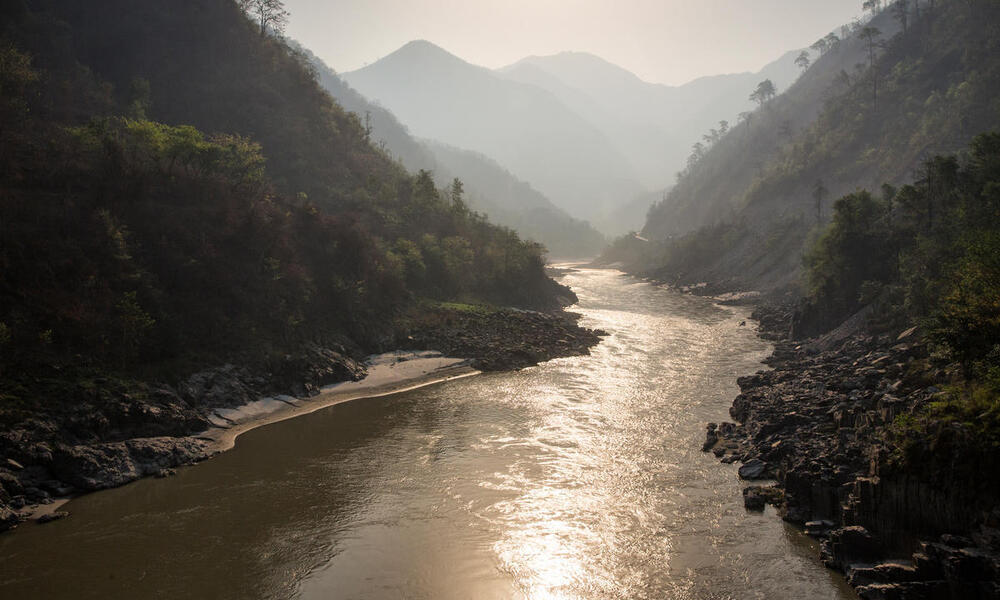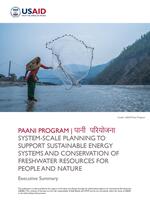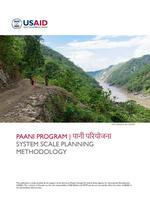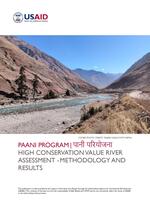Paani Program: Supporting Energy Planning & River Conservation in Nepal
There are nearly 31,400 miles (51,500 km) of rivers running between peaks and across the sprawling plains of Nepal. The many rivers provide the communities with water for drinking and irrigation, fishing as a source of food and livelihood, cultural value and religious connection, and recreational tourism for world-renowned rafting and kayaking.
However, proposed hydropower dam developments, intended to meet the country’s energy development goals, threaten the health and quality of the rivers. Hydropower dams are massive, immobile structures that are expensive to build and disrupt the environment by blocking water and sediment flow, impacting species, ecosystems, and the values that natural rivers provide. These challenges are amplified by the climate crisis, which has the potential to leave communities without water and power.
The Paani Program was a five-year effort (2016-2020) funded by the US Agency for International Development, to enhance Nepal’s ability to manage water resources through a science-based decision-making process. As one of the many projects funded by Paani, WWF and partners performed a three-component study to assess and model Nepal’s energy options. The study included:
- A High Conservation Value Rivers Assessment to identify rivers that have high value for people, animals, and the environment as good candidates for permanent river protection, based on the following types of values: biodiversity, livelihood, recreational and socio-cultural values. The Karnali River, one of the last large free-flowing rivers in Nepal is a strong candidate, as it hosts many iconic species such as the river dolphin and golden mahseer and is a destination for recreational kayaking and rafting.
- An Energy Options Assessment that compared multiple energy and cost pathways to meet the country’s future electricity demand. The results showed that the cost tradeoffs for protecting Nepal’s rivers were marginal, where protecting the Karnali River would only have a 1% cost increase, and protecting all of Nepal’s free-flowing rivers from dams would increase the costs by 9%.
- The development of a System-Scale Planning Decision Tool that incorporated the findings from the previous tools to quantify the financial and environmental tradeoffs of potential projects. With this tool, decision-makers could review different development scenarios and how they compare with one another in terms of energy generation and impacts on other values that rivers provide.
By making informed decisions about hydropower and energy development from the systems scale, there is a greater possibility of finding solutions that meet energy needs without the loss of other values that rivers provide.
The outputs of the Paani Program can help the Government of Nepal identify a suite of projects that have lower impact on rivers for the same energy output. This will benefit both the people and nature of Nepal, as the country can spend less on infrastructure and avoid negative environmental and social impacts with renewable energy alternatives.
System-scale planning for energy development and river protection can be repeated across the globe. With only 1/3 of the world’s longest free-flowing rivers left and the increasing threat of fossil fuel-driven climate change, governments need to assess the opportunities for renewable energy with an integrated approach to protect the existing natural resources.
